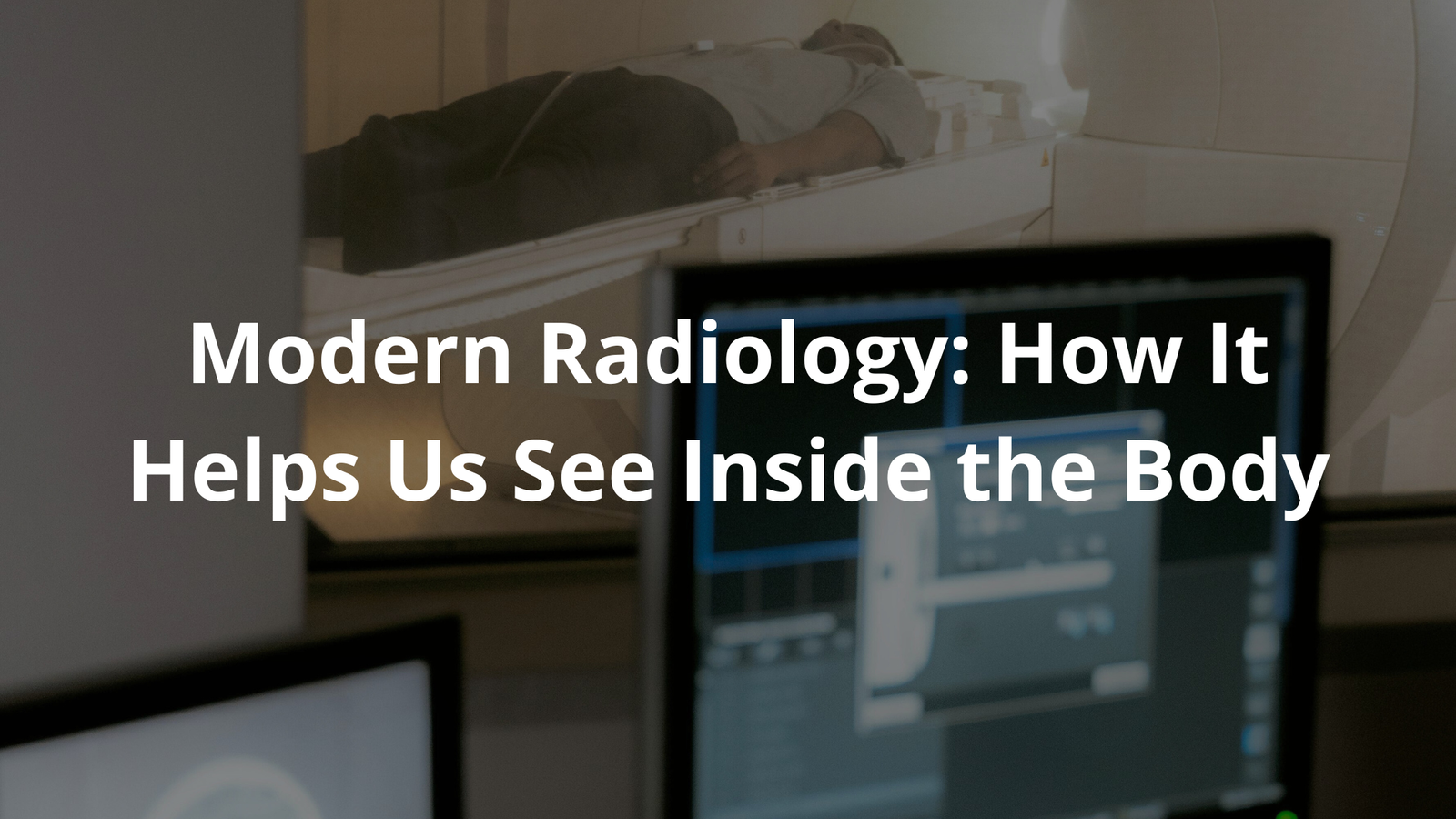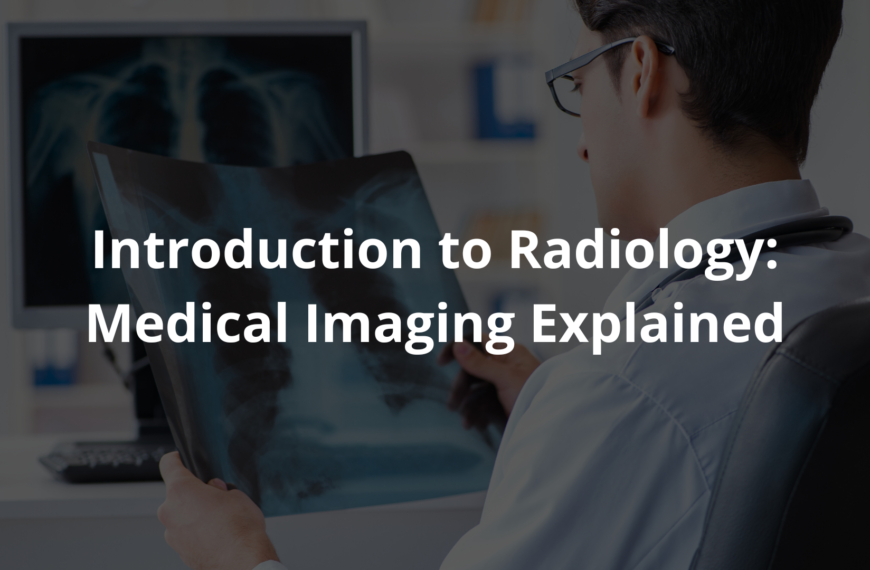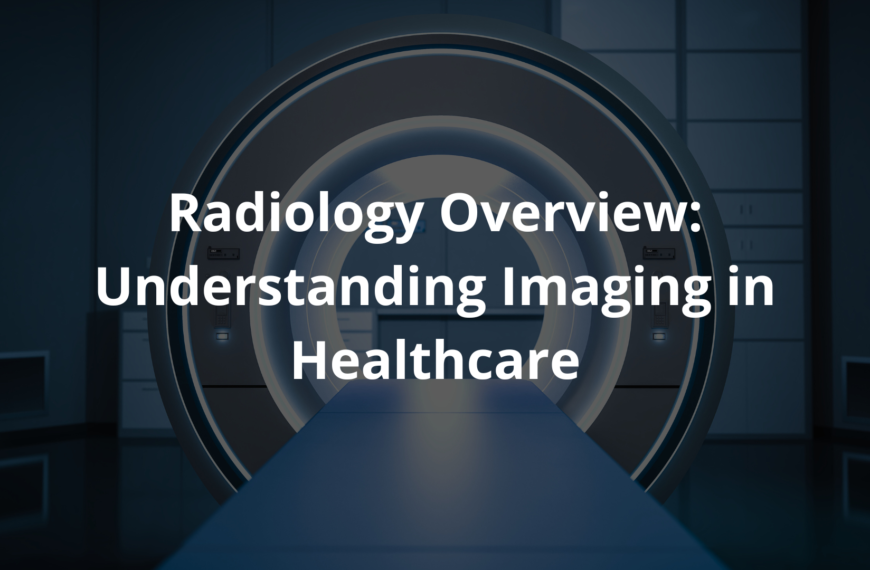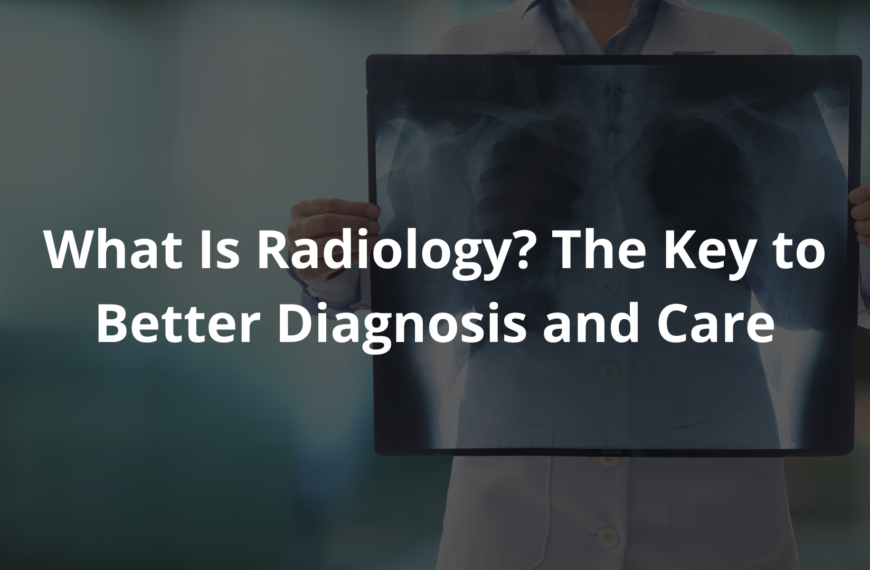Learn how modern radiology uses advanced imaging techniques to help doctors diagnose and treat illnesses.
Modern radiology is a fascinating field that helps doctors see inside the human body. Using cool technologies like CT scans and MRIs, radiologists can create images that show what’s happening inside us(1). I remember when my little brother hurt his arm playing soccer.
We rushed him to the hospital where they used a CT scanner to see if it was broken. Luckily, it was just a sprain! Keep reading to learn more about how modern radiology helps us stay healthy.
Key Takeaway
- Modern radiology uses advanced imaging tools like CT and MRI.
- It helps doctors diagnose and treat many health conditions.
- New technologies like AI improve how we create and analyse images.
The Importance of Modern Radiology
Modern radiology is like a magic window into the human body. It shows doctors what’s happening inside without any need for surgery. Every year, there are over 25 million radiology procedures performed in Australia. This means millions of people are using these amazing technologies to get help with health problems.
For example, when someone has a bad headache, a doctor might order an MRI to check for any issues. This helps them diagnose serious conditions like brain tumours or other neurological disorders.
It’s interesting to think about how important these images are. They can actually save lives! A simple CT scan can reveal if there are any problems with blood vessels or organs. If doctors can see a problem early, they can act fast. This is why radiology tools are essential for understanding what’s going on inside our bodies.
Doctors use many different imaging techniques to get the best pictures. Each one has its own special use. Here are a few:
- X-rays: These are probably the most common imaging tool. They help see bones and teeth, showing breaks or cavities. They can even show if your lungs are healthy.
- CT (Computed Tomography): A CT scan combines pictures from different angles to create detailed images of the inside of the body. It’s super helpful for looking at injuries from accidents or falls. This technique can help visualise soft tissues, organs, and even blood flow.
- MRI (Magnetic Resonance Imaging): An MRI uses magnets and radio waves to see soft tissues. This method is often used for brain and joint problems. It can produce very detailed images that help identify conditions that X-rays might miss.
- Ultrasound: This method uses sound waves to see inside the body. It’s especially useful for checking on babies during pregnancy, giving doctors a clear look at the baby’s growth and health.
These tools help doctors understand what’s wrong and how to fix it. For instance, during a routine check-up, a doctor might order an ultrasound to check the heart. This can help prevent serious issues like heart disease.
Each imaging technique has its own strengths. I think that having choices is great because it means doctors can select the best tool for each patient. With all these options, healthcare in Australia is getting better and better. It’s amazing how technology allows doctors to see inside our bodies without any pain.
In the end, modern radiology is crucial for maintaining health. It helps doctors catch problems early, leading to better treatment outcomes. So, the next time someone has a headache, or a sports injury, remember how important these imaging tools are. They’re not just machines; they’re lifesavers.
How Imaging Technologies Work
Imaging technologies are fascinating machines that help doctors peek inside the human body. They’re like magical windows, revealing what lies beneath the skin without any pain. Each type of imaging serves its purpose, helping to diagnose various health conditions(2).
- CT Scans: These machines use a ray tube to send X-rays through the body, capturing multiple images that are combined to create a detailed view. They can help spot internal bleeding or tumours quickly in emergencies.
- MRI: MRI machines resemble tunnels and use strong magnetic fields to generate clear images of soft tissues. They’re excellent for diagnosing things like torn ligaments or brain injuries without using radiation.
- Ultrasound: Using sound waves, ultrasound machines create images of soft tissues and organs safely. They are especially useful in monitoring babies during pregnancy.
Overall, these technologies play a critical role in modern healthcare, guiding doctors towards accurate diagnoses and effective treatments.
Benefits of Modern Radiology
The benefits of modern radiology are truly remarkable. It serves as a crucial tool for doctors, allowing them to quickly diagnose health conditions. This speed is especially important because early diagnosis can save lives. For example, if a doctor finds breast cancer at an early stage, the chances of successful treatment increase significantly. Patients often have more options available to them, which can lead to better outcomes.
Radiology also plays a key role in pain management. Doctors can use imaging to guide injections or other treatments, making it easier to target the right areas and provide relief.
Another significant benefit is the ability to perform minimally invasive procedures. This means doctors can use imaging to do small operations without making large cuts.
- Faster recovery times for patients.
- Less risk of infection compared to traditional surgery.
- Reduced pain and scarring.
These benefits show how modern radiology not only improves diagnostic processes but also enhances patient care overall.
Challenges in Radiology
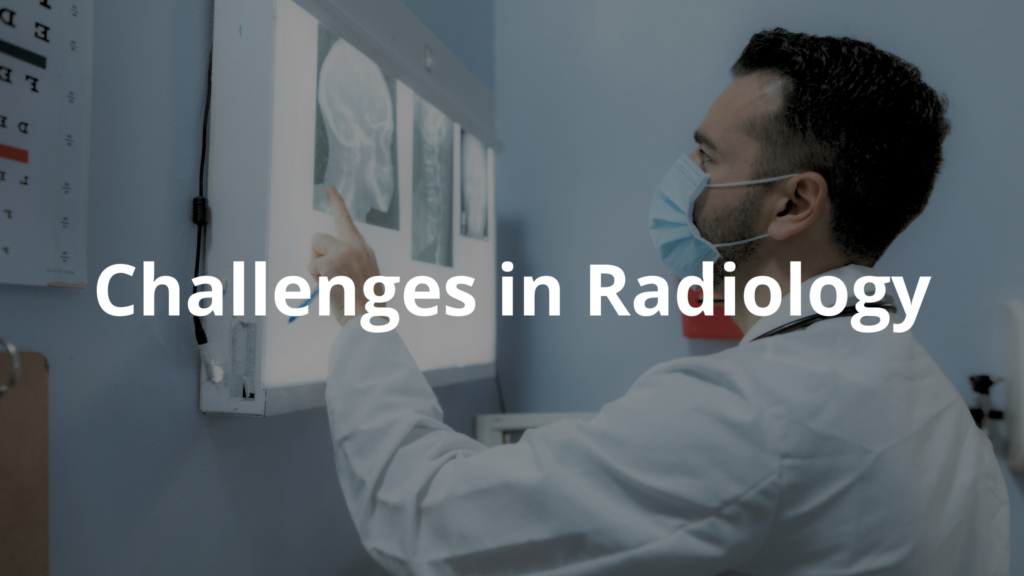
Despite its many benefits, radiology faces some challenges that can affect patient care. One major issue is a shortage of radiologists, particularly in rural areas. This shortage can mean that some people don’t get the imaging they need when they need it. When someone is in pain or has a concerning symptom, waiting for an appointment can be frustrating.
Another challenge is the cost of new technologies. Machines like CT scanners and MRIs are expensive. Hospitals must budget carefully to provide these services to patients.
- High costs can limit access to imaging technologies.
- Some hospitals might have outdated equipment due to budget constraints.
Lastly, there’s the concern of radiation exposure. While modern machines have been designed to use less radiation, it’s still a risk for some procedures. Doctors need to weigh the benefits against the potential dangers when deciding on imaging tests.
In the end, while radiology is an incredible tool, these challenges must be addressed to ensure everyone gets the care they need.
The Future of Radiology
Looking ahead, the field of radiology is set to change in exciting ways. There’s a buzz in the medical community about artificial intelligence (AI). This technology has the potential to help doctors read images faster and more accurately. Imagine a computer program that can help spot tiny tumours or abnormalities that even the most experienced radiologists might miss.
I think AI might change the game for early diagnosis, catching problems before they become serious.
Moreover, there’s a strong focus on improving cancer treatment through better imaging. With advanced imaging techniques, doctors can monitor how well treatments are working. This allows them to adjust treatment plans more effectively, giving patients the best chance at recovery.
- Faster detection of treatment effectiveness.
- More personalised treatment plans.
- Improved patient outcomes.
Researchers are also investing in research and development. They’re looking for ways to create new imaging technologies that will enhance safety and quality. Better pictures and safer procedures could be on the horizon.
Overall, the future of radiology looks bright, with advancements that might improve healthcare for everyone. As technology continues to evolve, patients can expect even better care and more accurate diagnoses.
Conclusion
To wrap up, modern radiology is an exciting and crucial part of healthcare. It helps doctors diagnose and treat many health conditions, improving lives every day. While there are challenges, like shortages of professionals and costs, the future looks bright with advancements in technology. As we keep investing in these imaging tools, we can expect better and safer ways to see inside the body, helping us stay healthy and happy.
FAQ
How do different imaging modalities like CT, MRI and ultrasound work to create images of the human body?
Modern imaging techniques use various technologies to produce images. CT scanning uses X-ray beams rotating around the body, while magnetic resonance imaging relies on magnetic fields and radio waves. Ultrasound imaging technology employs sound waves to visualise internal structures. Each modality offers unique advantages for diagnostic imaging and clinical purposes.
What role does radiation exposure play in medical imaging, and how do healthcare providers ensure patient safety?
Healthcare providers carefully manage radiation dose through low dose protocols and modern imaging equipment. While ionising radiation is used in CT scans and X-rays, the benefits typically outweigh the small risk of cancer. Medical imaging departments follow strict patient safety guidelines and use the lowest radiation dose needed for diagnostic accuracy.
How has digital imaging and artificial intelligence transformed diagnostic radiology?
Digital imaging has revolutionised medical image analysis through high resolution images and advanced computer processing. Machine learning helps radiologists diagnose and treat conditions more efficiently. Voice recognition systems streamline reporting, while artificial intelligence assists in detecting abnormalities and improving diagnostic accuracy.
What are the applications of molecular imaging and nuclear medicine in modern healthcare?
Nuclear medicine uses radioactive tracers and positron emission tomography to visualise biological processes and help diagnose diseases. These imaging technologies are particularly useful for detecting cancer, heart disease, and neurological disorders. PET technology combined with CT provides detailed functional and anatomical information.
How do interventional radiologists use real-time imaging for minimally invasive procedures?
Interventional radiology uses image intensifiers and real-time imaging guidance for minimally invasive procedures. High quality imaging helps visualise blood vessels and soft tissues during procedures in the operating room. This enables precise guided procedures for pain management and treating various medical conditions.
What advances in 3D imaging have improved diagnostic capabilities?
Modern 3D imaging techniques, including 3D ultrasound and high resolution CT, provide detailed views of internal structures. These imaging tools create detailed images with excellent spatial resolution and field of view, helping radiologists better visualise blood flow, soft tissue, and complex anatomical structures.
How do magnetic resonance imaging techniques assist in brain imaging
MRI uses strong magnetic fields to produce high quality images of the brain and soft tissues. Advanced imaging techniques like functional MRI help diagnose neurological disorders by showing brain activity. The technology offers exceptional detail without ionising radiation exposure.
References
- https://www.researchgate.net/publication/339182238_What_is_a_modern_Interventional_Radiologist_in_Australia_and_New_Zealand
- https://www.adia.asn.au/about-diagnostic-imaging/overview/

